1. Mow at the Right Height
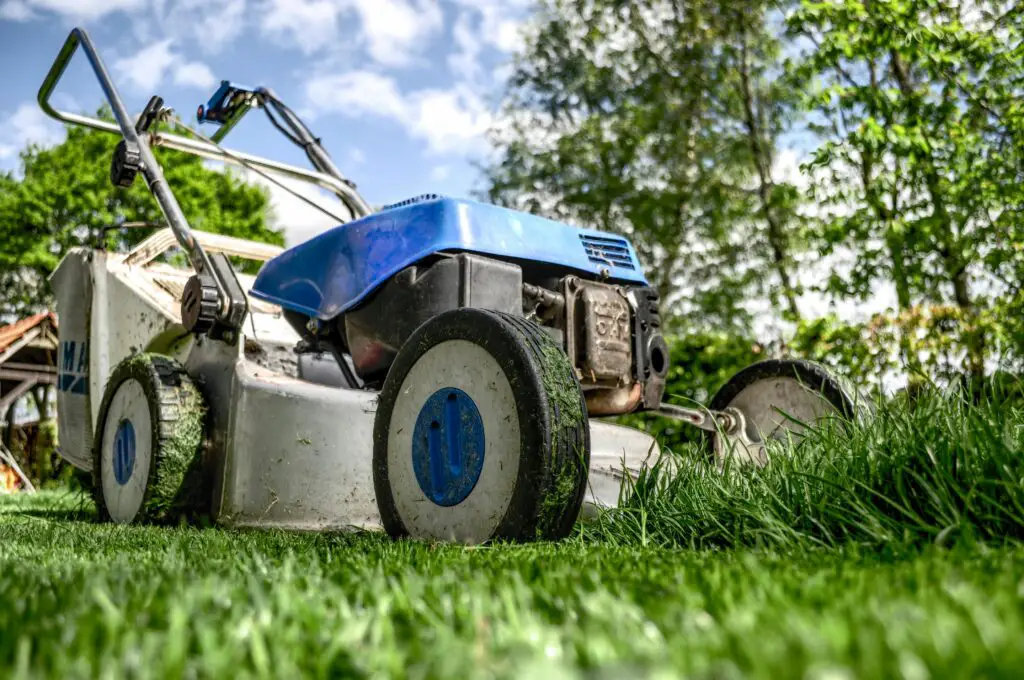
Cutting your grass too short might seem efficient, but it weakens the lawn, making it vulnerable to weeds and drought. Set your mower blade higher to keep grass healthy, and you’ll save on reseeding and weed treatments.
2. Water Deeply, Not Frequently
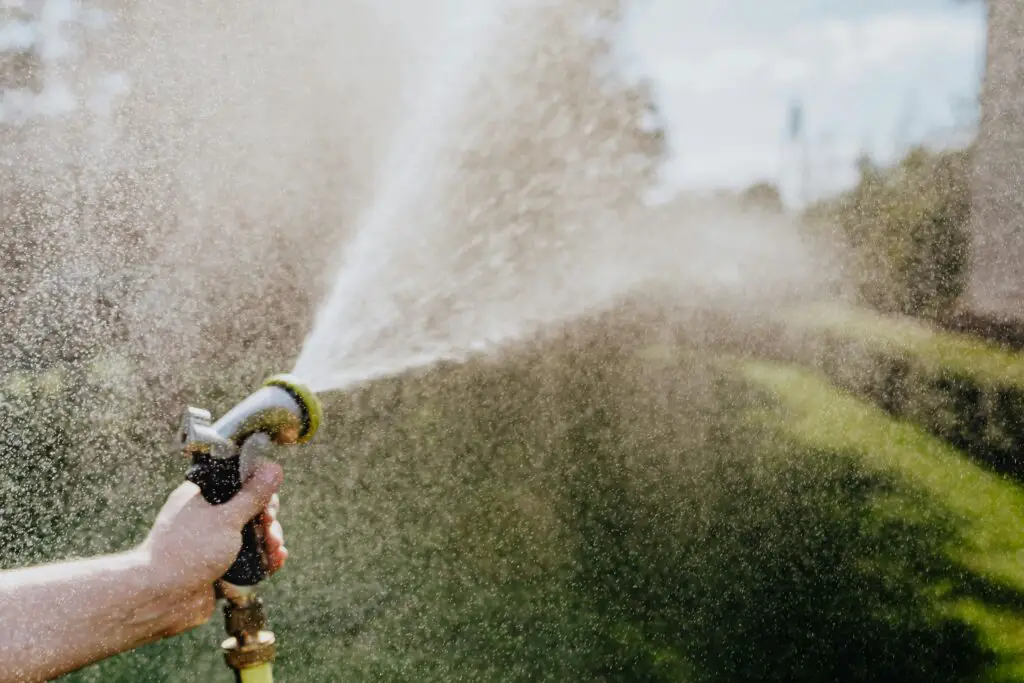
Frequent shallow watering encourages weak roots. Instead, water deeply once or twice a week to promote stronger root systems, reducing the need for expensive fertilizers and lawn repairs.
3. Sharpen Mower Blades Regularly
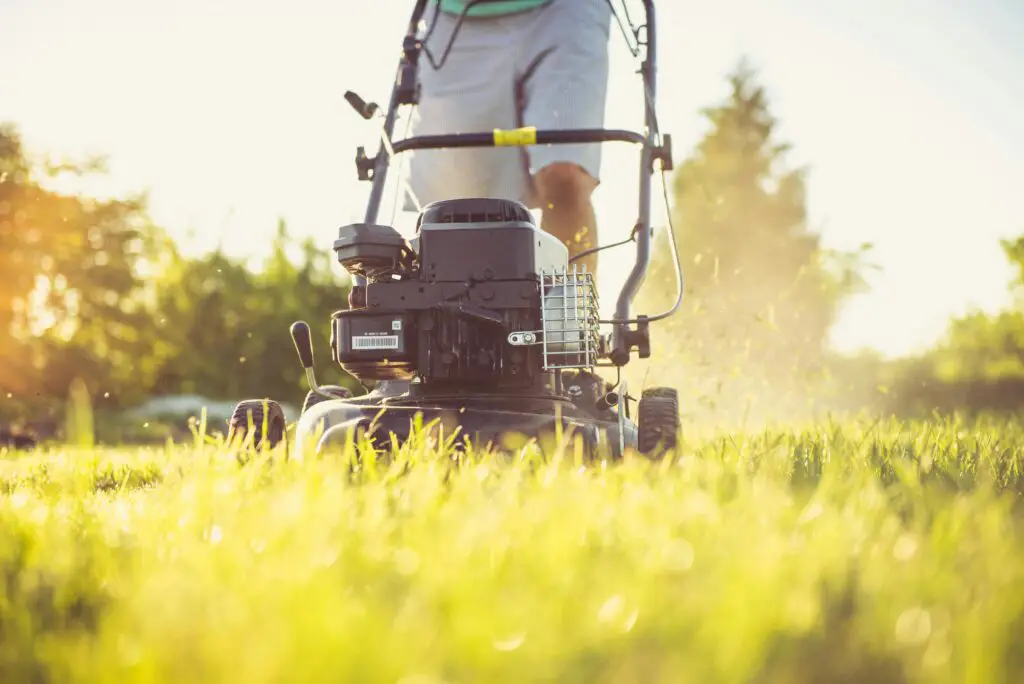
Dull blades tear grass rather than cutting it, leaving it prone to disease and requiring costly treatments. Sharpening your mower blades at least once a season ensures clean cuts and healthier grass.
4. Leave Grass Clippings on the Lawn
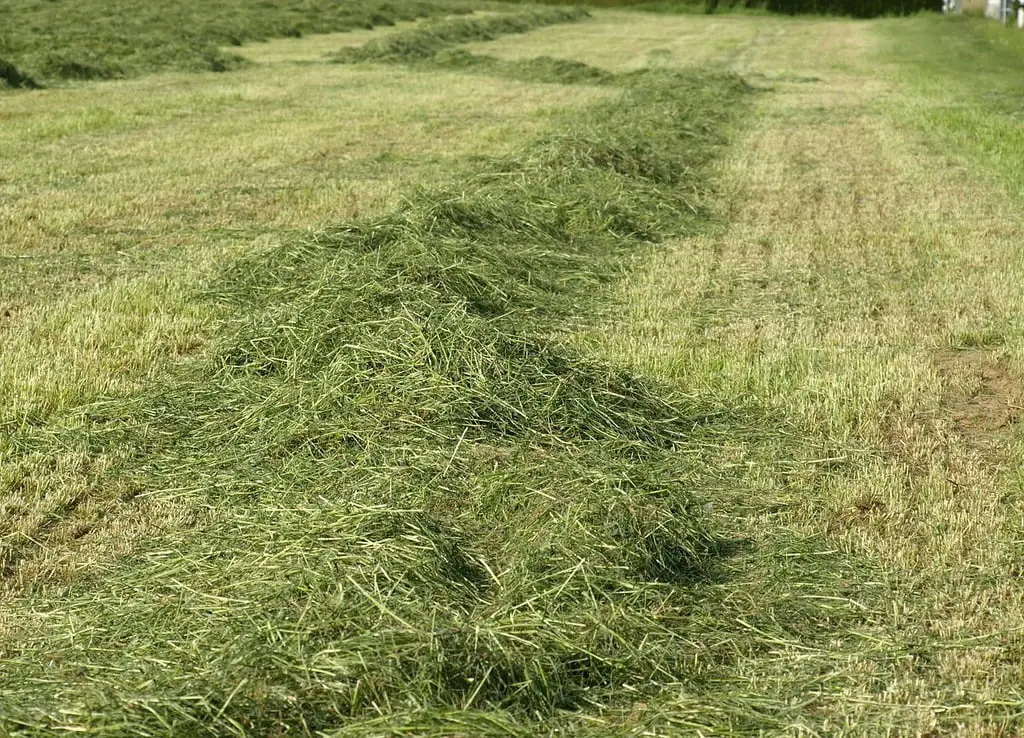
Instead of bagging clippings, let them decompose on the lawn. They act as a natural fertilizer, providing nutrients and reducing your need to buy synthetic fertilizers.
5. Aerate Your Lawn Annually
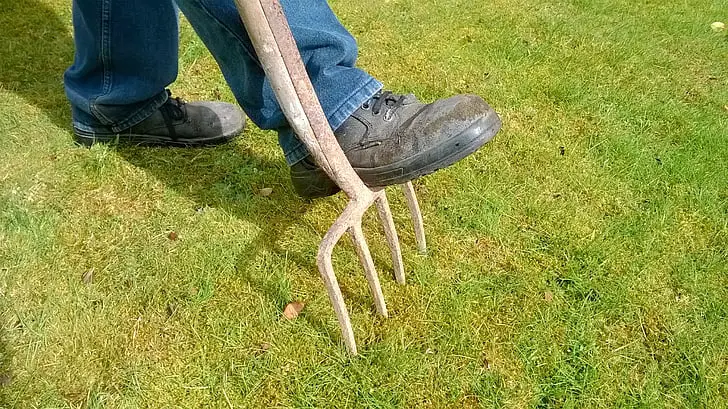
Compacted soil prevents water and nutrients from reaching the roots. Aerating once a year improves soil health, saving you money on unnecessary treatments and boosting grass resilience.
6. Fertilize Strategically
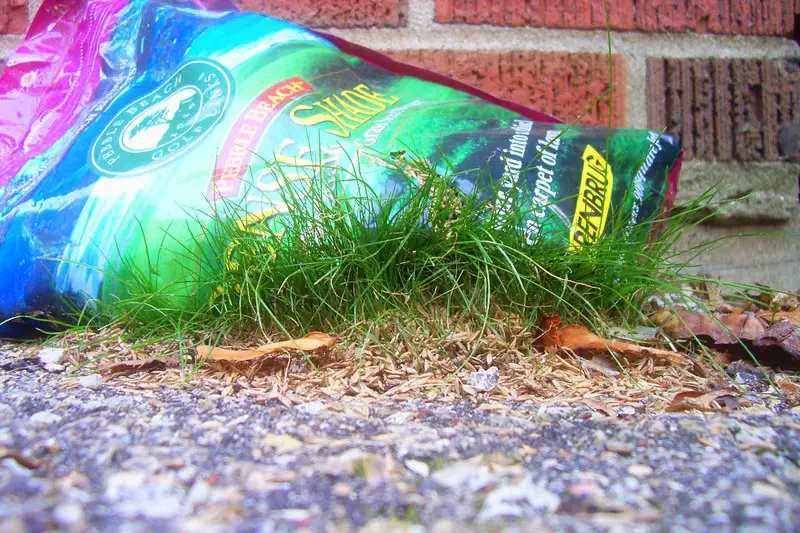
Over-fertilizing can burn grass and waste money. Use a soil test to determine what your lawn actually needs, and fertilize in early spring and fall for the best results.
7. Mulch Instead of Bagging Leaves
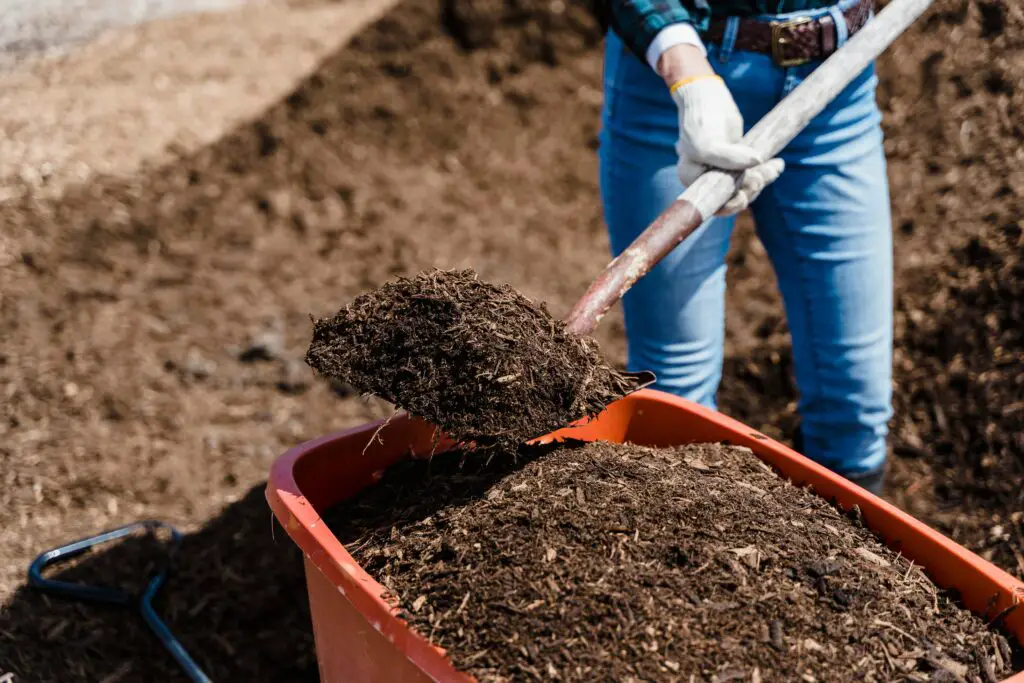
Instead of raking and disposing of leaves, mulch them with your mower. Mulched leaves break down and enrich the soil, saving you from buying additional compost or topsoil.
8. Address Weeds Early
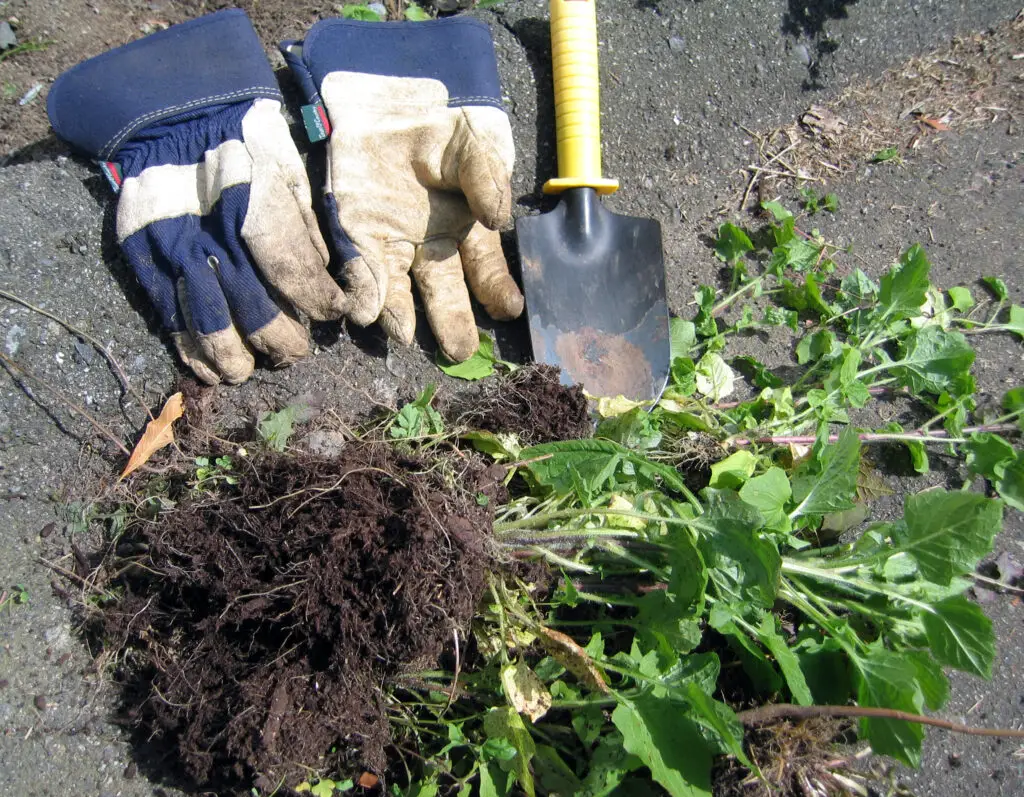
Catching weeds when they first appear prevents them from spreading and requiring costly professional intervention. Spot-treat small areas rather than blanketing your lawn with chemicals.
9. Choose the Right Grass for Your Region
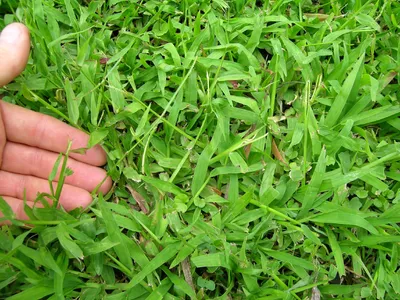
Planting grass that thrives in your local climate reduces the need for excessive watering, fertilizing, and pest control. Consult a local expert for recommendations on low-maintenance varieties.
10. Avoid Overwatering
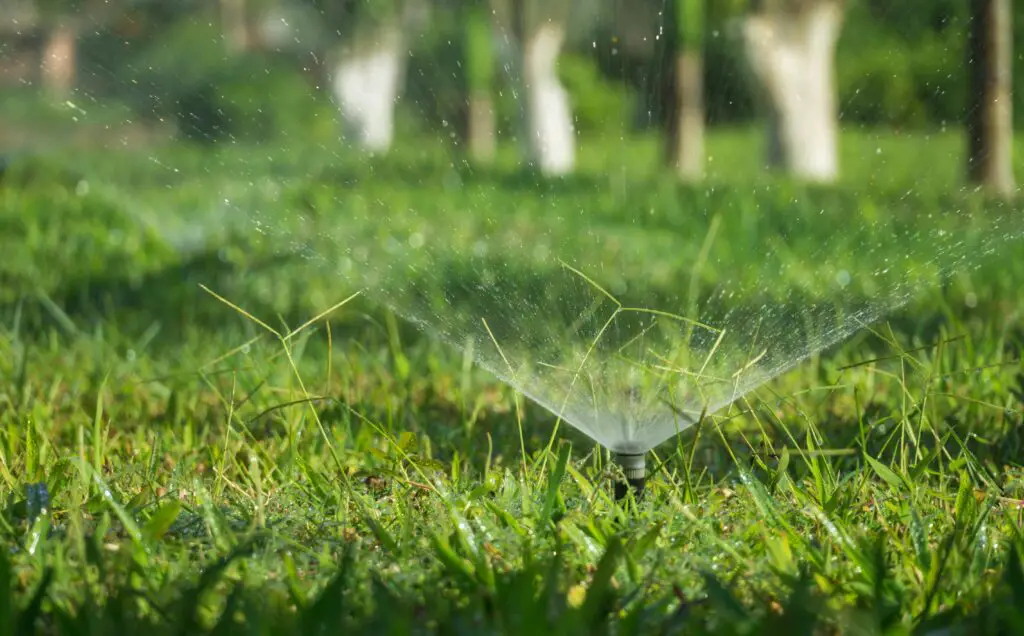
Many homeowners overwater their lawns, wasting water and money. Install a rain gauge or invest in a smart irrigation system to deliver the right amount of water based on your lawn’s needs.
11. Reseed Bare Spots Immediately
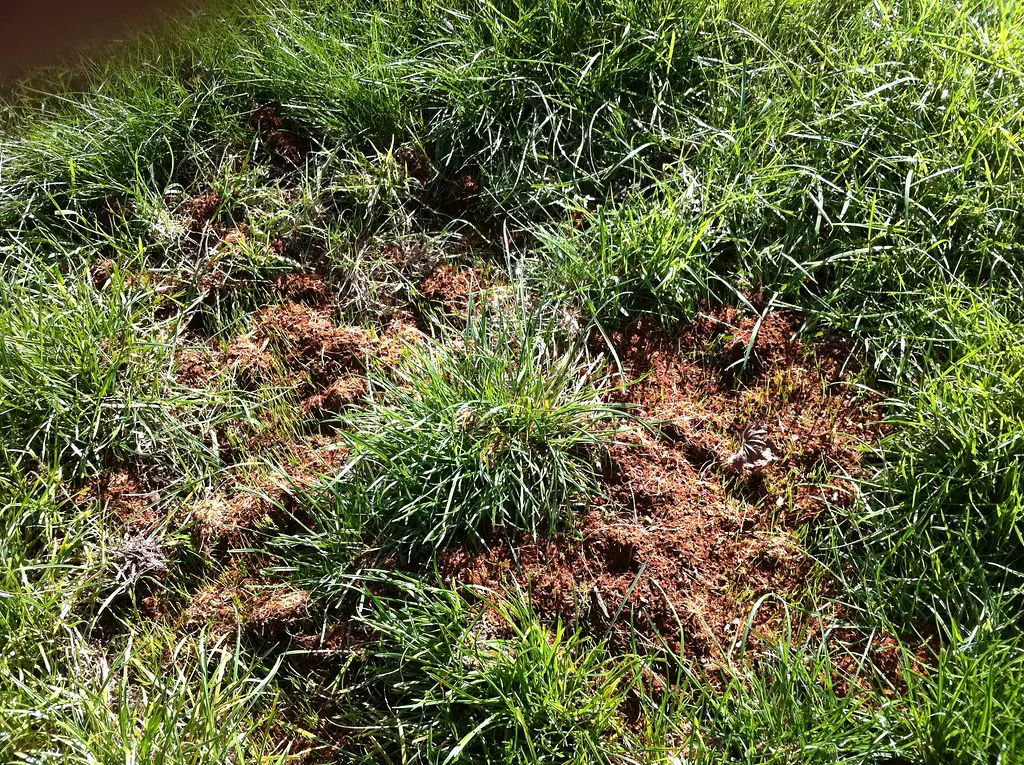
Leaving bare patches allows weeds to take over, leading to more expensive fixes. Reseed these spots promptly to keep your lawn lush and weed-free.
12. Invest in Preventative Pest Control
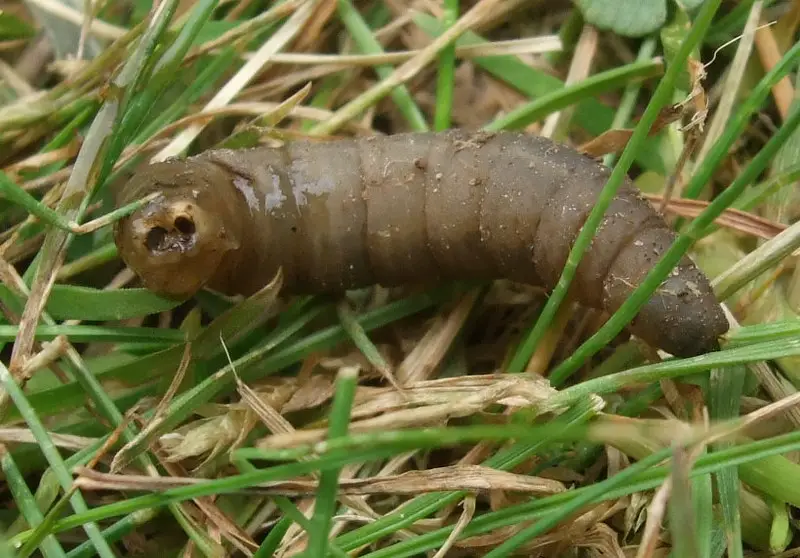
Lawn pests can cause extensive damage before you notice. Applying preventative pest control measures or introducing beneficial insects can save you from expensive treatments later.
Takeaway: Small, strategic adjustments to your lawn care routine can save you thousands in unnecessary costs while keeping your yard healthy and beautiful. A little effort upfront prevents big expenses down the line!
